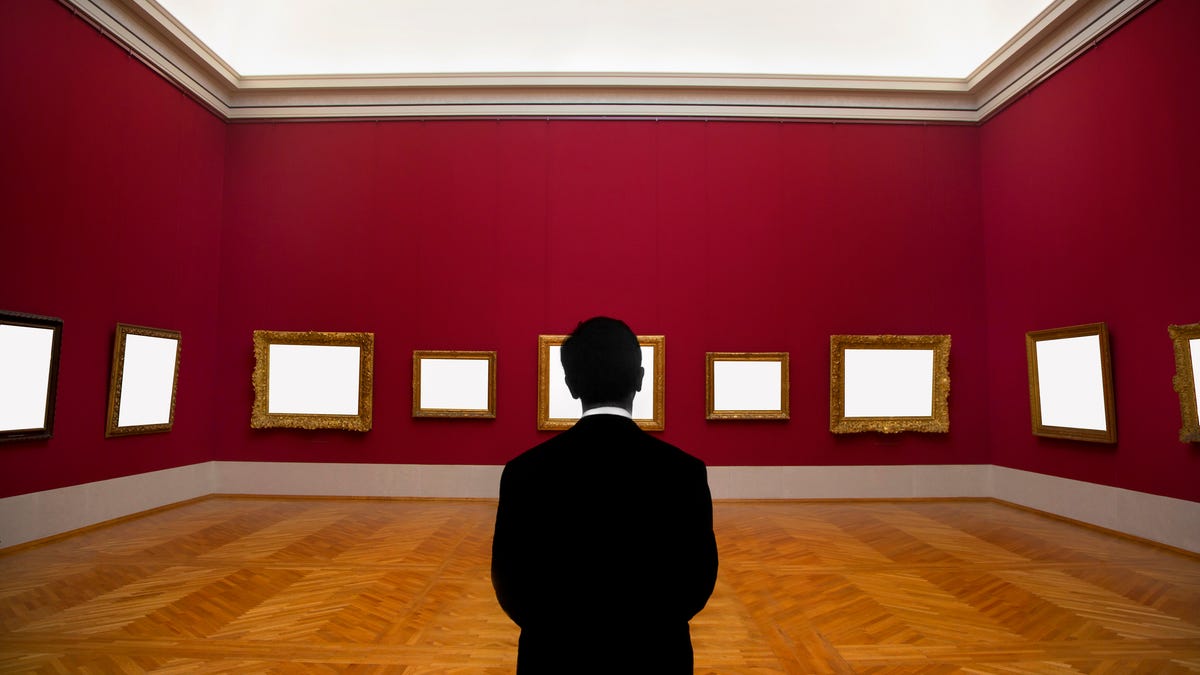How to Begin Buying Art
Here's how to make an alternative investment that can transform your home and even your mood.

Investing in art can feel inaccessible -- an endeavor that requires a small fortune or a VIP invitation to an exclusive auction house. However, as the art market has transitioned online, especially via social media, it's become much simpler to connect with talented artists and invest in original pieces on a smaller budget.
Farnoosh Torabi, CNET editor-at-large and So Money podcast host, interviewed Liz Lidgett, owner of the Liz Lidgett Gallery, about how to spot worthwhile art investments and build a meaningful collection. Whether you hope to just start your first collection or eventually turn a profit, read on for advice targeted toward novice art investors.
Figure out what you like
Before you begin, you'll want to determine your taste. Picture art on your walls that you'd love to live with. Art can make your home a happier place and transform not only a room, but your mood. Brain scans have shown that looking at a piece of art can increase blood flow to the brain by as much as 10% -- the equivalent of looking at someone you love.
To figure out what you like, Lidgett suggests taking a partner or friend to a museum. "Pretend that you have an unlimited budget, and you're going to take something home with you at the end of the day," Lidgett said. "That starts this conversation of 'Why would I take that home?' or 'What am I drawn to here?' You look at the artwork in a different way. It's the first step of figuring out what you like."
Think about your budget
Lidgett suggests setting aside what you can afford each month -- whether it's $10 or $100 -- so at the end of the year, you can collect at least one piece of art. "The process," she said, "doesn't have to be fast and furious. You can take your time, but have your eye on an artist." This way, when something becomes available, you'll have an art investment fund to draw from.
Look out for limited-edition prints
Many well-known or even emerging artists may be out of your price range. A great, cost-efficient way to snag pieces from more expensive artists is to keep up with limited-edition runs, specifically looking out for smaller number editions. In the art world, a limited run of prints is exactly what it sounds like: There are only a certain number of prints available. Thus the prints are less common and tend to retain or increase in value. Lidgett advises keeping your budget at or under $150.
However, Torabi said that for certain artists and editions, there can be exceptions. Torabi described a piece she bought last year in a flash sale for $3,000 shot up by 900% based on current list prices on art resale sites. It was from a limited run of prints signed by British artist Damien Hirst.
"Hirst's original hand-painted pieces generally go for five to six figures, so I jumped at the chance to own one of his signed limited-edition prints for far less," Torabi shared. "Honestly, though, I have no intentions of selling. My philosophy for alternative investments -- like any investment -- is buy and hold. I hope to keep it in my family for generations."



